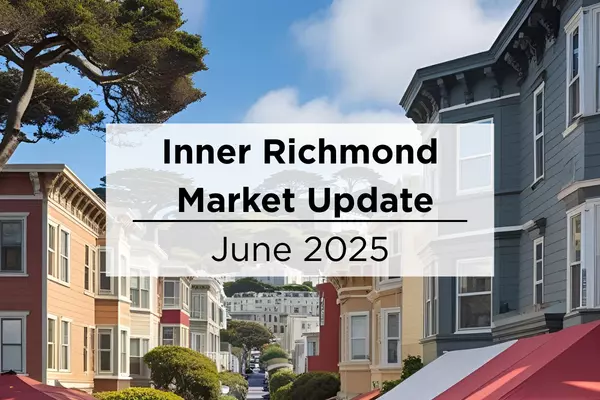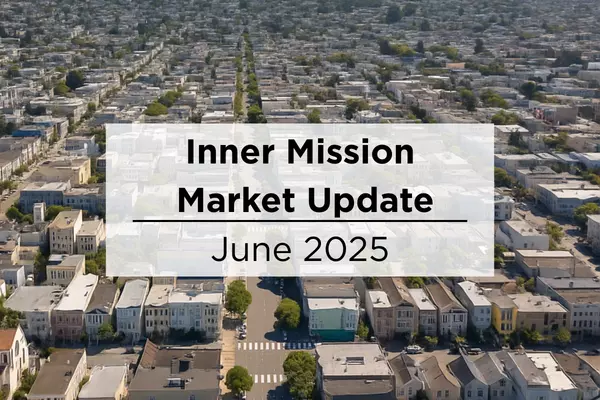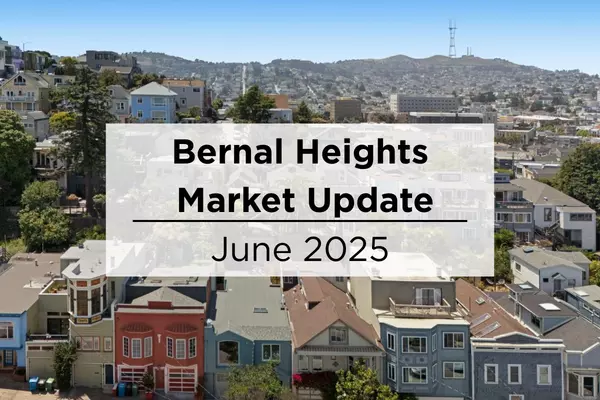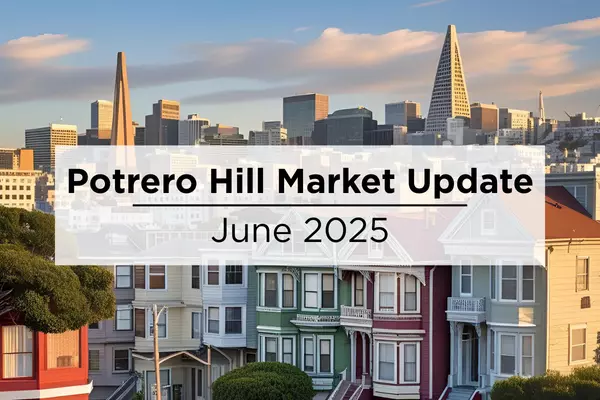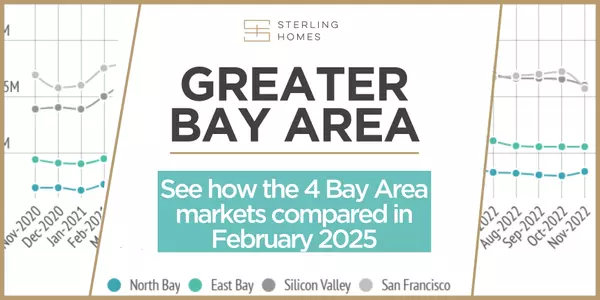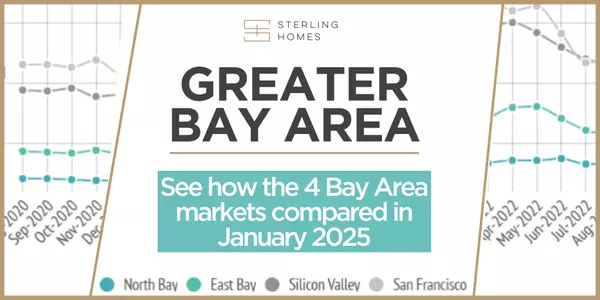
East Bay (Alameda & Contra Costa) Housing Market Update - October 2024
The Big Story Sellers are coming back to the market Quick Take: Affordability improved dramatically in Q3 2024 with the monthly mortgage payment for a 30-year loan down 10%. Prices are contracting slightly, which is the seasonal norm. In September, the average 30-year mortgage rate declined for the

Contra Costa Housing Market Update - September 2024
The Big Story Lower Prices and Lower Mortgage Rates Quick Take: Nationally, the monthly cost of financing a median-priced home was 8.3% lower in August 2024 than in June because the median home price declined 2.1% over the past two months, and mortgage rates have dropped. In August, the average 30
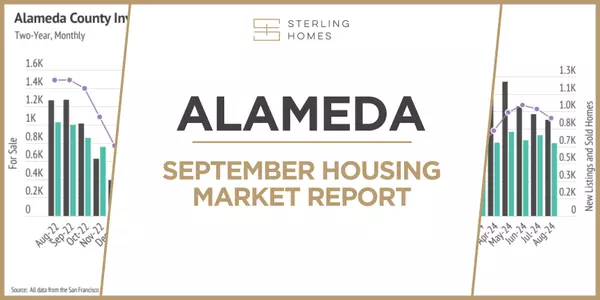
Alameda Housing Market Update - September 2024
The Big Story Lower Prices and Lower Mortgage Rates Quick Take: Nationally, the monthly cost of financing a median-priced home was 8.3% lower in August 2024 than in June because the median home price declined 2.1% over the past two months, and mortgage rates have dropped. In August, the average 30
Categories
Recent Posts



